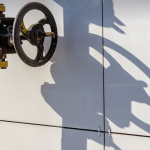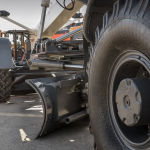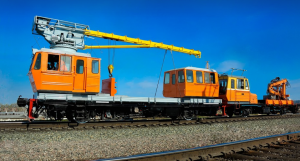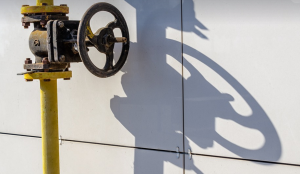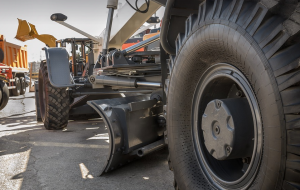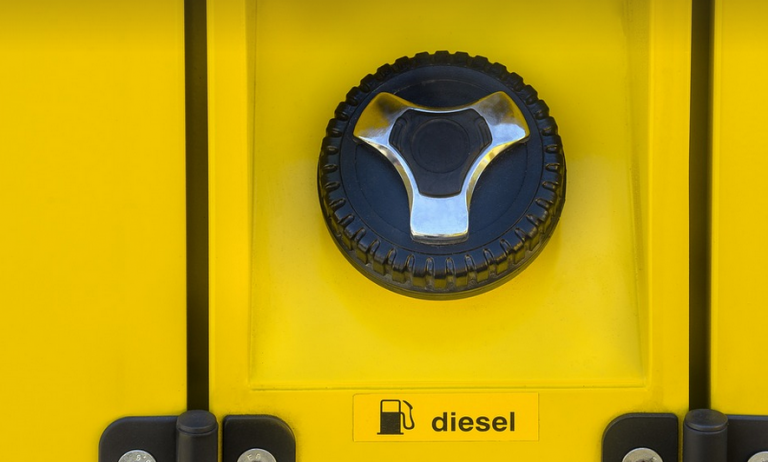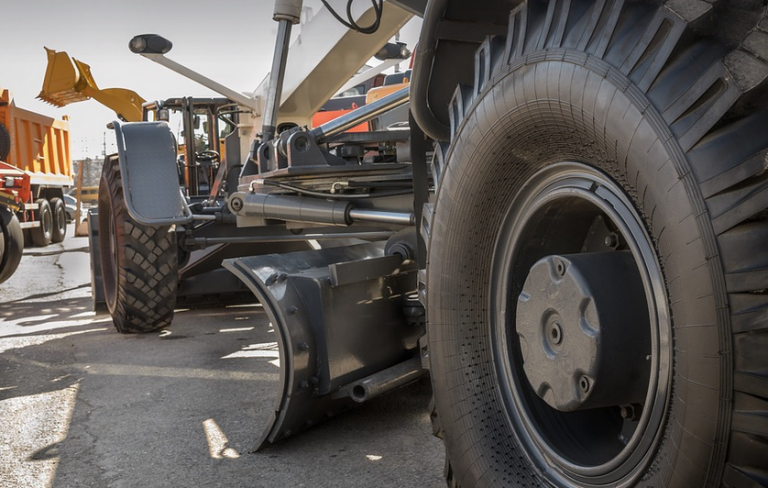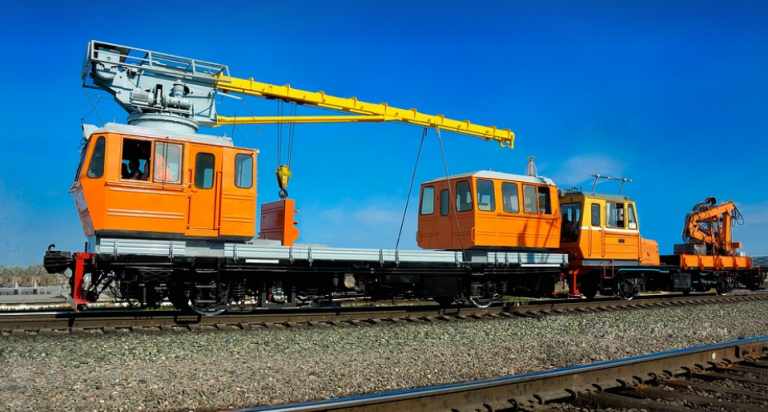What Exactly is a Hi-Lo Welding Gauge?
Imagine you’re meticulously crafting a welding project, striving for that perfect fit and finish. You need to ensure the metalwork aligns perfectly—and that requires something truly reliable, like a high-low (hi-lo) welding gauge. This specialized tool lets you fine-tune your work piece dimensions with precision.
But what makes these gauges so special? Well, they’re designed specifically for measuring and adjusting the height of a weld joint. Instead of relying on generic scales, these gauges use a unique mechanism to offer accurate readings in both up and down directions—hence “hi-lo”.
The Anatomy of a Hi-Lo Gauge
Let’s delve into the inner workings of this precision tool: A typical hi-lo gauge comes with several key components that work together for those critical measurements:
- Base Plate: This sturdy base forms the foundation of your gauge, providing stability and a stable reference point for accurate readings.
- Measuring Dial: The dial is usually marked with graduated markings in both inches and millimeters—allowing you to measure the weld gap accurately.
- Calibration Indicator: This crucial component makes the gauge truly reliable. It ensures the dial reading reflects actual levels with precision, offering a clear indication of your weld’s height.
- Adjustment Mechanism: Most hi-lo gauges feature a simple adjustment mechanism that allows you to fine-tune the measurement without needing complex tools. You can move the gauge up or down based on the desired gap size and ensure a precise fit.
A World of Applications for Hi-Lo Welding Gauges
The versatility of hi-lo welding gauges makes them indispensable in a variety of work environments: They are invaluable in various metalworking fields; but here’s a glimpse into some key uses:
- Welding and Fabrication: Whether you’re building bridges, constructing skyscrapers, or working on smaller projects like automotive repairs, these gauges ensure accurate weld joints.
- Pipefitting: These gauges are essential for ensuring the correct pipe fit and reducing leaks. The ability to measure both bottom and top-side gaps ensures safe and reliable piping connections.
- Metalworking in Automotive Industry: From chassis adjustments to fitting engine mounts, these gauges help create a stable and secure assembly. This contributes to efficient car performance and safety
- Sheet Metal Fabrication: Welding on sheet metal requires precision, and hi-lo gauges ensure that the weld’s height is accurately measured for clean cuts and proper alignment.
Choosing the Right Hi-Lo Gauge
While all high-low gauges share a common goal—to ensure precise welding height measurements— there are various factors to consider when selecting the ideal one:
- Accuracy: Look for gauges with highly accurate and calibrated dials, as this ensures precision measurements.
- Range of Measurement: Choose a gauge that suits your welding needs. This depends on the desired range of measurements from minimal to higher.
- Durability: The gauge should be sturdy enough to withstand frequent use in demanding environments.
- Ease of Use: Choose a gauge with a simple and intuitive design for quick and easy adjustments.
Maintenance and Care for your Hi-Lo Gauge
For maximum lifespan, proper care is key. Here’s how to keep your hi-lo welding gauge in tip-top shape:
- Cleanliness: Regularly clean the gauge with a soft cloth or brush after each use. This prevents dirt and grime buildup that could affect accuracy.
- Calibration Checks: Periodically calibrate your gauge to ensure its ongoing accuracy. Follow the manufacturer’s instructions for specific calibration methods.
- Storage: When not in use, store your high-low gauge safely in a dry and dust-free area.
The Future of Hi-Lo Welding Gauges
As technology evolves, so do our tools. Hi-lo welding gauges are likely to become even more sophisticated in the future:
- Smart Features: Advanced features like Bluetooth connectivity and data logging could be introduced to provide digital records of adjustments and measurements.
- Automation: Integrating sensors and automation into these gauges could further simplify the measurement process, allowing for faster and more efficient work flow.
- 3D Printing: Innovative uses in 3D printing could create custom-designed high-low gauges for specialized applications, catering to individual needs.

